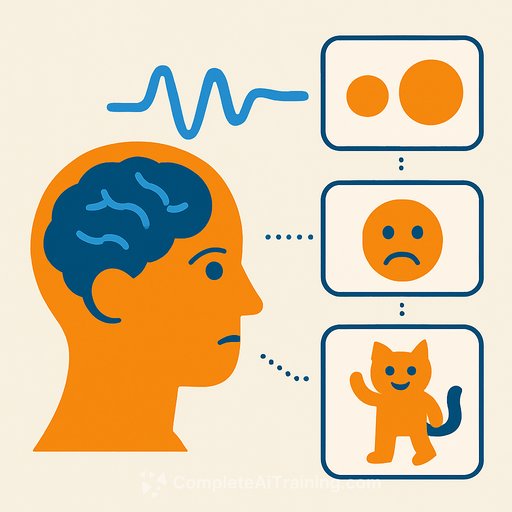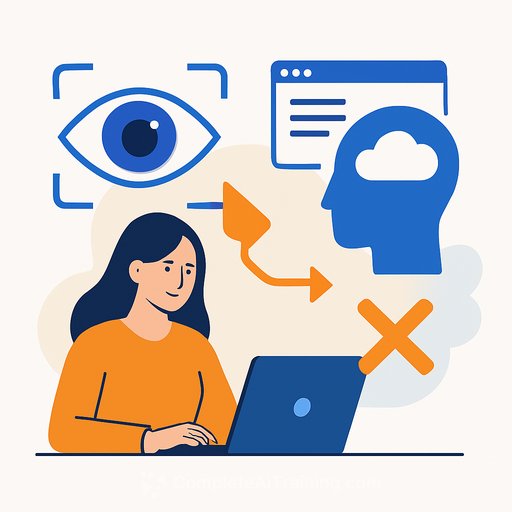AI "visual anagrams" give perception research a sharper tool
Johns Hopkins University researchers built AI-generated "visual anagrams" - single images that flip identities when rotated - to test how the brain reads high-level properties from vision. Think one picture that's a bear when upright and a butterfly when upside down, made of the exact same pixels.
Because the stimulus is literally identical across conditions, scientists can isolate what the mind is responding to: size, animacy, or emotion, without color, texture, or shape confounds. This closes a long-standing gap in perception research.
How the method works
The team adapted a diffusion-based image generation approach to create pictures whose interpretation shifts with orientation. Examples include:
- Bear ↔ Butterfly
- Elephant ↔ Rabbit
- Duck ↔ Horse
Rotate the image and you get a new object, but the pixels don't change. That lets researchers test high-level effects using "identical" visual inputs.
Early results: real-world size still drives preferences
In initial experiments, participants adjusted images to their "ideal size." They consistently made the bear version bigger than the butterfly version - even though both were the same image at different orientations. The same pattern held for other large vs. small object pairs.
Conclusion: classic real-world size effects persist even when low-level features are held constant. The team also notes that many (but not all) size effects survived this control, clarifying which results truly reflect size-based perception.
Why this matters for science and research
- Isolate variables: Test size, animacy, emotion, or motion without confounds from color, texture, or luminance.
- Cleaner brain-mapping: Pair with fMRI, MEG, or EEG to pinpoint which areas encode high-level properties rather than low-level cues.
- Better models: Benchmark computational vision systems on stimuli where labels change but pixels do not.
- Generalizable: Build anagrams like "truck ↔ dog" to probe animate vs. inanimate processing and related attention effects.
Practical notes for running studies
- Counterbalance orientation and response mappings to prevent bias.
- Predefine exclusion criteria and preregister hypotheses for stronger inference.
- Collect confidence ratings and reaction times to separate perceptual choice from decision uncertainty.
- If imaging, include control blocks with standard stimuli to compare effect sizes.
Key questions answered
- What are AI-generated visual anagrams?
Single images that look like one object in one orientation and a different object when rotated. - Why are they important?
They let researchers test how the brain encodes high-level properties using identical pixel inputs, removing common confounds. - What did early studies show?
People preferred image sizes that match real-world expectations (e.g., bigger for bears than butterflies), even with the same image rotated.
Source and further reading
The findings are reported in Current Biology. See the journal for context on methods and related work: Current Biology. Learn more about the lab's broader program on perception and cognition: Perception & Mind Lab (JHU).
Want to build similar AI stimuli?
If you're experimenting with diffusion models and prompt strategy for controlled image generation, this resource roundup can help: Prompt engineering guides.
Your membership also unlocks:






